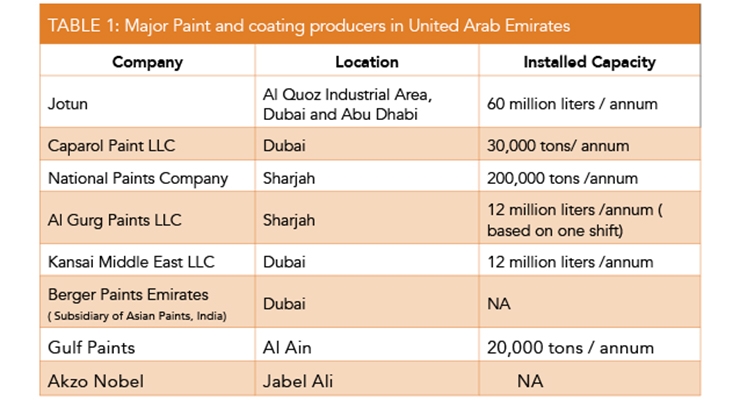Systematic Approach To Preparing Your Wall Surfaces Prior To Paint
Systematic Approach To Preparing Your Wall Surfaces Prior To Paint
Blog Article
Write-Up By-Binderup Kearns
When you're prepping your wall surfaces for painting, it's critical to follow a systematic process to ensure a perfect finish. Begin by examining the wall surface for any kind of damage; this action can make or damage your project. When you've determined any kind of concerns, cleaning the surface area appropriately is necessary, as an unclean wall surface can influence paint adhesion. Afterwards, you'll require to patch any kind of blemishes and apply a primer. Yet there specify techniques and ideas that can raise your preparation game-- let's explore those further to accomplish the very best results.
Assessing Wall Problem
Prior to you order your paintbrush, take a minute to assess your wall surfaces' problem. Check for any kind of noticeable damage like fractures, holes, or peeling off paint. These flaws can affect how the paint sticks and looks as soon as it's completely dry. If you discover any type of substantial damages, you'll need to prioritize repair services before diving right into paint.
Look carefully at the appearance of your wall surfaces. Is the surface smooth, or is there structure that might call for special consideration? Smooth wall surfaces usually require less preparation, while textured surface areas might need more time to paint equally.
Additionally, consider the previous paint job. If the old paint is shiny, it mightn't permit brand-new paint to stick effectively. You'll would like to know if your walls have actually been painted with oil-based or water-based paint, as this can influence your choice of guide or paint.
Lastly, make note of any dampness issues. If you see signs of water damages or mold, address these issues quickly to avoid additional complications.
Cleaning the Surface area
Once you've assessed the problem of your wall surfaces, the next step is cleaning up the surface area. Beginning by collecting your products: a container, cozy water, a mild detergent, a sponge or cloth, and a scrub brush for harder spots.
Begin at the top edge of the wall surface and work your method down. Mix the cleaning agent with warm water in your bucket, after that dip the sponge or cloth into the option. Wring it out to avoid too much dampness on the walls.
As you clean, pay attention to areas that might've built up dirt, oil, or fingerprints. For stubborn spots, utilize the scrub brush carefully to avoid damaging the paint under. Wash your sponge or fabric often in tidy water to avoid spreading out dirt around.
After cleansing, https://home.howstuffworks.com/home-improvement/home-diy/painting/interior-paint-exterior.htm to clean the wall surfaces with a damp cloth to get rid of any soap deposit. This action makes sure a smooth surface for the new paint to adhere to.
Enable the walls to completely dry completely prior to proceeding to the following preparation actions. This thorough cleansing procedure will certainly help develop a fresh canvas for your paint job, guaranteeing the very best outcomes.
Patching and Priming
Patching and priming are vital steps in preparing your wall surfaces for a fresh layer of paint. First, evaluate your walls for any openings, splits, or imperfections. Utilize https://findapainternearme43108.losblogos.com/32427074/brighten-your-environments-with-a-wave-of-color-and-explore-methods-to-transform-your-home-right-into-a-vibrant-hideaway-that-embodies-your-individual-aesthetic -quality spackling compound or patching paste to load these areas.
Use the substance with a putty blade, smoothing it out so it's flush with the surrounding surface area. Allow it to dry totally, and then sand it gently up until it's smooth and also.
As soon as you've covered everything, it's time to prime. Guide assists secure the covered areas, ensuring the paint adheres appropriately and supplies an uniform coating. Select a guide ideal for your wall surface kind and the paint you'll be making use of.
Use the guide making use of a roller for bigger areas and a brush for edges and sides. If your covered locations are significantly big or porous, you could intend to use a second coat of primer after the very first one dries.
After priming, allowed everything completely dry completely prior to carrying on to paint. This prep work won't just boost the look of your walls however additionally extend the life of your paint task.
Take your time, and you'll be pleased with the results.
Conclusion
By following these basic actions, you can attain a smooth and specialist coating on your walls. Beginning by analyzing their problem, after that clean and spot any type of flaws prior to applying primer. Keep in mind to permit adequate drying time and guarantee whatever is smooth before you dive into painting. With the right preparation, you'll set the stage for a stunning change in your space. Currently, collect your products, breathe in the fresh air, and prepare yourself to paint!
